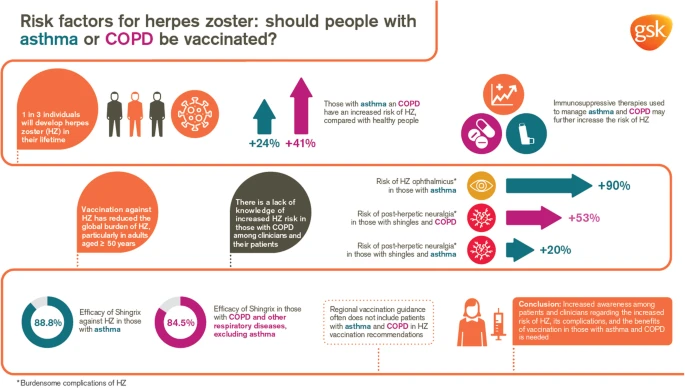Steffen Schubert, Nicolas Kluger, Ines Schreiver
Hypersensitivity to permanent tattoos - literature summary and comprehensive review of patch tested tattoo patients 1997 - 2022. Contact Dermatitis. 2023 Feb 11. doi: 10.1111/cod.14291.
We outline constituents of tattoo and permanent make-up ink with regard to inflammatory tattoo reactions and population-based confounders. The comprehensive review of patch tested tattoo patients between 1997-2022 shows that tattoo allergy cannot be reliably diagnosed via patch testing with today's knowledge. Weak penetration and slow haptenization of pigments, unavailability of pigments as test allergens, and a lack of knowledge concerning relevant epitopes hamper the diagnosis of tattoo allergy. Patch testing p-phenylenediamine and disperse (textile) dyes is not able to close this gap.






